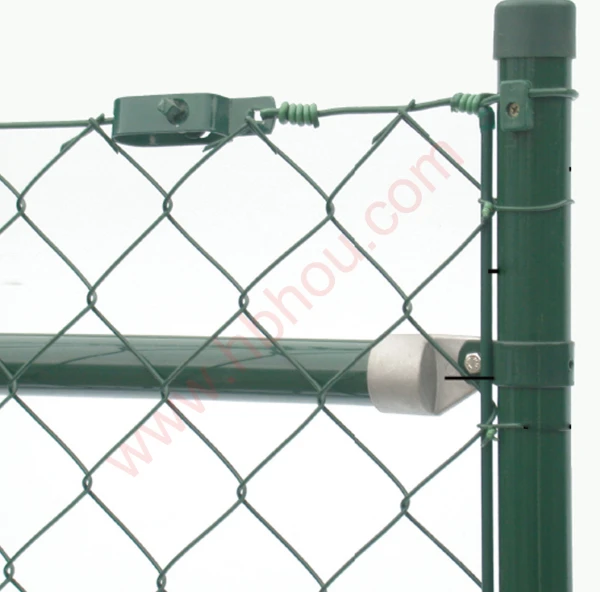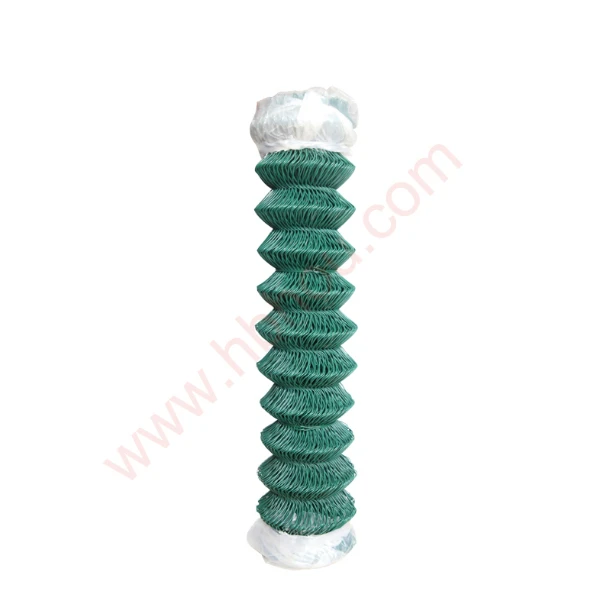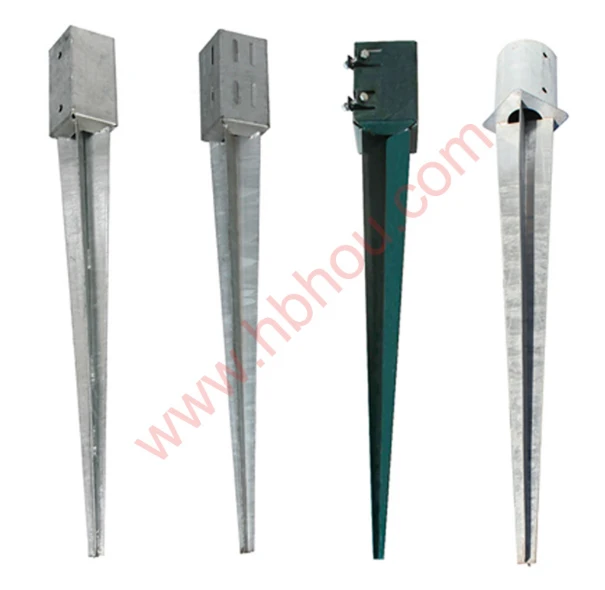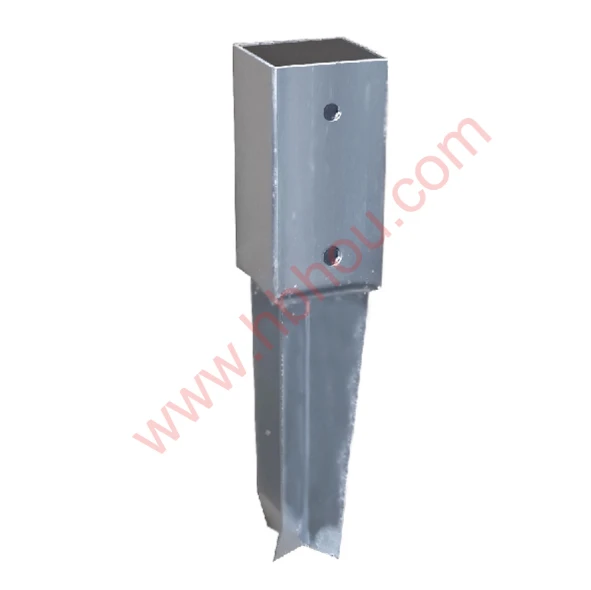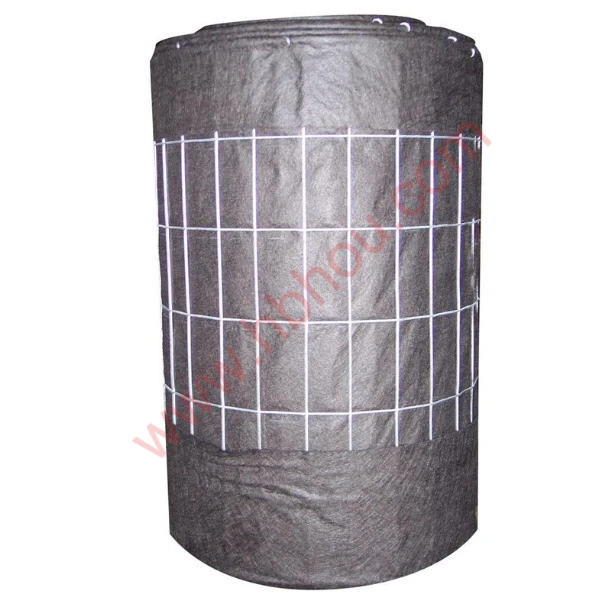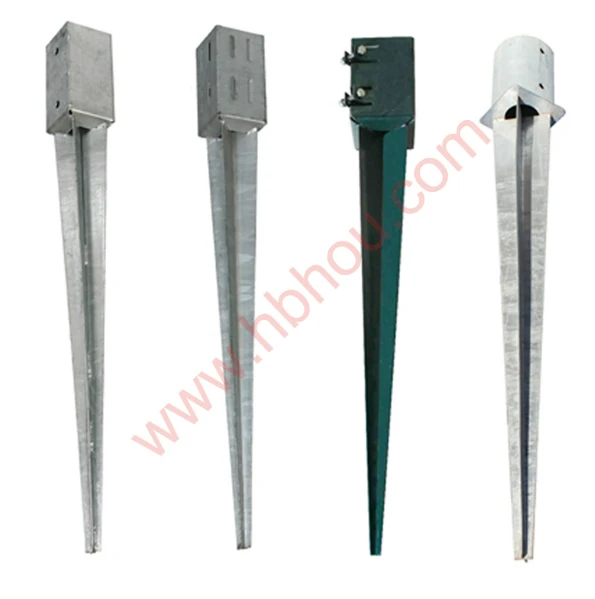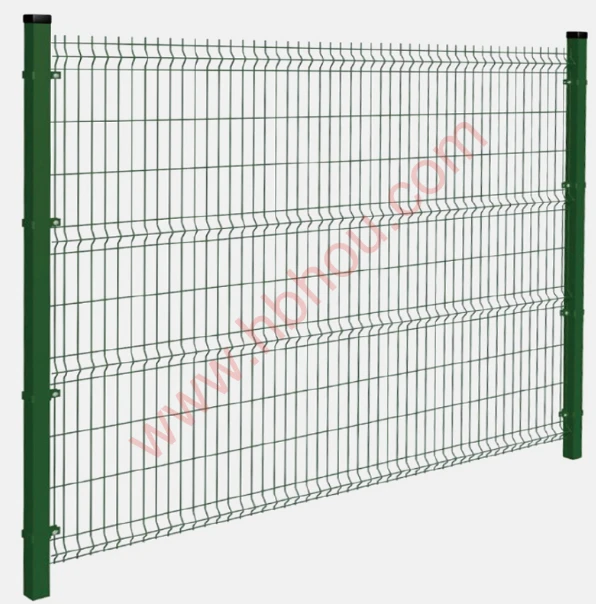- The Fundamental Security Role of Iron Barbed Wire
- Material Science Behind Enhanced Performance
- Market Data Insights: Demand Metrics
- Industry-Leading Supplier Comparison Analysis
- Custom Fabrication Capabilities Explored
- Field Applications Across Infrastructure Types
- Evolution of Iron Barbed Wire Solutions
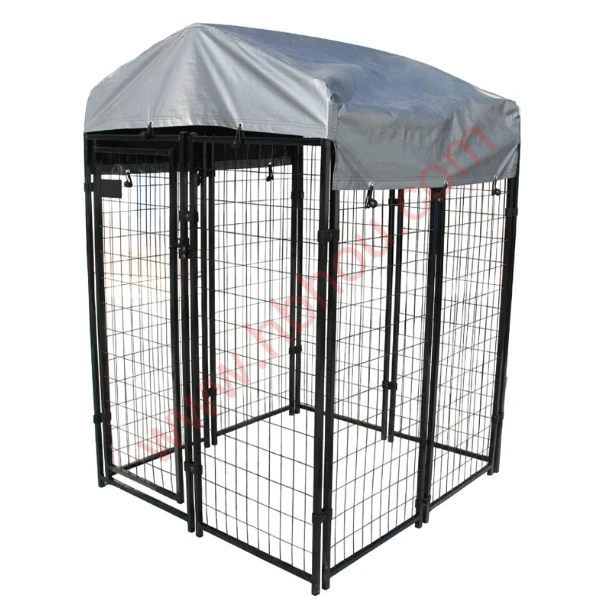
(iron barbed wire)
The Fundamental Security Role of Iron Barbed Wire
For over 140 years, iron barbed wire
has defined perimeter security through its unmatched physical deterrence capabilities. Military installations, agricultural zones, and industrial facilities worldwide utilize this technology as their primary defense layer. According to Department of Homeland Security statistics, properties implementing industrial-grade iron barbed wire experience 68% fewer perimeter breaches than those using standard fencing. The material's tensile strength (typically 1,200-1,500 MPa) combined with the strategic placement of barbs creates effective psychological and physical barriers against intrusion.
Modern iron barbed wire evolved from basic fencing solutions to high-security applications through material innovations. Corrosion resistance determines lifespan – galvanized varieties last 15-25 years while PVC coated iron wire extends service life to 30+ years even in coastal environments with salt spray. The wire gauge (ranging from 12-16 gauge) dictates penetration resistance, with 12-gauge versions requiring over 1,850 PSI to breach according to ASTM F567 testing standards. As infrastructure protection needs intensify globally, this foundational security technology continues adapting to emerging threats.
Material Science Behind Enhanced Performance
The protective capabilities originate at the molecular level. Premium manufacturers employ low-carbon steel (0.06-0.25% carbon content) for optimized strength-to-flexibility balance. The drawing process involves cold-working raw wire through progressively smaller dies, aligning ferrite crystals parallel to the wire axis. This microstructure increases yield strength by up to 40% compared to hot-rolled alternatives according to materials testing. Subsequent annealing precisely controls ductility, preventing brittleness that compromises field performance.
Corrosion protection involves multiple specialized treatments:
- Zinc coating weights from Class 1 (0.40 oz/ft²) to Class 3 (0.90 oz/ft²) per ASTM A641
- Acrylic polymer coatings with UV stabilizers
- PVC formulations containing titanium dioxide for UV resistance
- Dual-layer coatings combining galvanization with polymeric sheathing
These advanced material combinations enable the barbed iron wire to maintain structural integrity through temperature extremes (-40°F to 120°F) and resist chemical exposure from industrial pollutants.
Market Data Insights: Demand Metrics
The global barbed wire market demonstrates consistent expansion, projected to grow at 5.2% CAGR through 2030 according to Grand View Research. Critical infrastructure projects drive adoption, with highway construction accounting for 31% of consumption, followed by energy installations (28%) and agricultural fencing (25%). Regional usage patterns reveal distinct preferences:
- North America: Dominated by zinc-aluminum alloy coated products (78% market share)
- Europe: Preference for PVC coated iron wire solutions (65% share)
- Asia-Pacific: High-tensile barbed iron wire growing at 9.8% annually
Economic analysis demonstrates that while premium solutions cost 25-40% more initially, their lifecycle costs prove significantly lower. Industrial users report galvanized iron barbed wire delivers 42% savings compared to carbon steel equivalents over 20-year service periods when maintenance and replacement expenses are included. Performance data shows high-tensile options require 80% less frequent tension adjustments than standard versions, reducing labor requirements by approximately 45 hours per kilometer annually.
Industry-Leading Supplier Comparison Analysis
| Manufacturer | Zinc Coating | Tensile Strength | Corrosion Resistance | Product Lifespan |
|---|---|---|---|---|
| Industrial Fencing Systems | Class 3 (0.90 oz/ft²) | 1,580 MPa | 4,200 hours salt spray | 25-30 years |
| Perimeter Security Group | Class 2 (0.60 oz/ft²) | 1,420 MPa | 2,800 hours salt spray | 15-20 years |
| Global Wire Solutions | PVC coated iron wire | 1,320 MPa | 6,500+ hours salt spray | 30-35 years |
| Secure Materials Ltd | Class 1 (0.40 oz/ft²) | 1,230 MPa | 1,200 hours salt spray | 10-15 years |
The benchmark ASTM A121 standard requires minimum tensile strength of 1,200 MPa and Class 1 coating. Premium PVC coated iron wire exceeds these requirements substantially, providing superior longevity especially in challenging environments. Industrial Fencing Systems achieved the highest strength metrics due to specialized cold-working processes, while Global Wire Solutions demonstrates why PVC coated alternatives dominate harsh coastal applications where atmospheric salinity exceeds 3.5%.
Custom Fabrication Capabilities Explored
Contemporary manufacturing enables extensive customization for specialized applications:
- Barb Configuration: Single or double barb twists, variable spacing (75mm/100mm/125mm)
- Wire Construction: Standard twist, reverse twist, and concertina patterns
- Material Composites: Zinc-aluminum coatings, tri-layer polyethylene systems
- Surface Treatments: Olive green, desert tan, and arctic white PVDF coatings
For specialized infrastructure requirements, manufacturers offer engineered solutions. Power transmission facilities utilize aluminum-clad iron barbed wire to reduce galvanic corrosion when contacting steel structures. The US Army Corps of Engineers specifies 14-gauge barbed iron wire with Class 3 galvanization and 100mm barb spacing for permanent military installations based on rigorous testing against forced entry attempts. Custom reverse-twist patterns provide enhanced entanglement properties that withstand 45% greater impact forces without failure.
Field Applications Across Infrastructure Types
Barbed iron wire deployment requires precise engineering for optimal effectiveness. Correctional facilities utilize triple-layer configurations with intermediate razor ribbon, creating barriers that resist breaching for minimum 15 minutes according to UL 3275 standards. Transportation departments install PVC coated iron wire along highways to prevent wildlife crossings, reducing animal collision incidents by approximately 72% per Federal Highway Administration studies. The material flexibility proves essential for contoured terrain installations where rigid barriers prove impractical.
Case Study: Transcontinental Pipeline Security Enhancement
Following security assessments, a major energy provider upgraded 125km of pipeline with custom barbed iron wire featuring:
- Zinc-aluminum-magnesium alloy coating (ZAM®)
- 2.5mm high-tensile wire (1,620 MPa strength)
- Automated tension monitoring systems
This configuration reduced unauthorized access incidents by 93% within the first year while extending maintenance intervals from quarterly to biennial inspections, delivering verified 27% reduction in security operating costs.
Evolution of Iron Barbed Wire Solutions
The frontier of perimeter security involves intelligent iron barbed wire systems integrating monitoring technologies. Emerging prototypes embed fiber-optic sensors capable of detecting cutting attempts within 0.6 seconds while distinguishing between environmental interference and security breaches with 99.3% accuracy. Current research focuses on photocatalytic nano-coatings that actively decompose airborne pollutants, maintaining barrier appearance while extending functional service life beyond 40 years.
Global sustainability initiatives drive material innovations, including recycled content grades now achieving parity with virgin material performance at competitive price points. Modern iron barbed wire remains foundational to perimeter security, its continuous evolution ensuring relevance against evolving threats through technical innovation and material science advancements.

(iron barbed wire)
FAQS on iron barbed wire
Q: What is iron barbed wire primarily used for?
A: Iron barbed wire is mainly used for security perimeters and livestock containment. Its sharp barbs deter intruders and prevent animals from crossing boundaries. It's a cost-effective solution for fencing needs.
Q: How does barbed iron wire differ from standard wire fences?
A: Barbed iron wire features sharp-edged points twisted along strands, unlike smooth fencing wires. This design maximizes deterrence against climbing or breaching. It provides enhanced security for high-risk areas like prisons or military zones.
Q: Why choose PVC coated iron wire over bare iron wire?
A: PVC coated iron wire adds corrosion resistance and longevity to standard barbed wire. The plastic layer protects against rust and weathering while offering color customization. This makes it ideal for humid, coastal, or corrosive environments.
Q: Can iron barbed wire be installed on different terrains?
A: Yes, iron barbed wire adapts well to slopes, rocky ground, and uneven landscapes. Specialized mounting hardware ensures secure installation on diverse surfaces. Proper tensioning maintains effectiveness across varying topographies.
Q: What maintenance does PVC coated iron wire require?
A: PVC coated wire requires minimal upkeep thanks to its protective layer. Occasional washing with water prevents dirt buildup and maintains appearance. Inspect annually for physical damage to ensure coating integrity remains intact.









